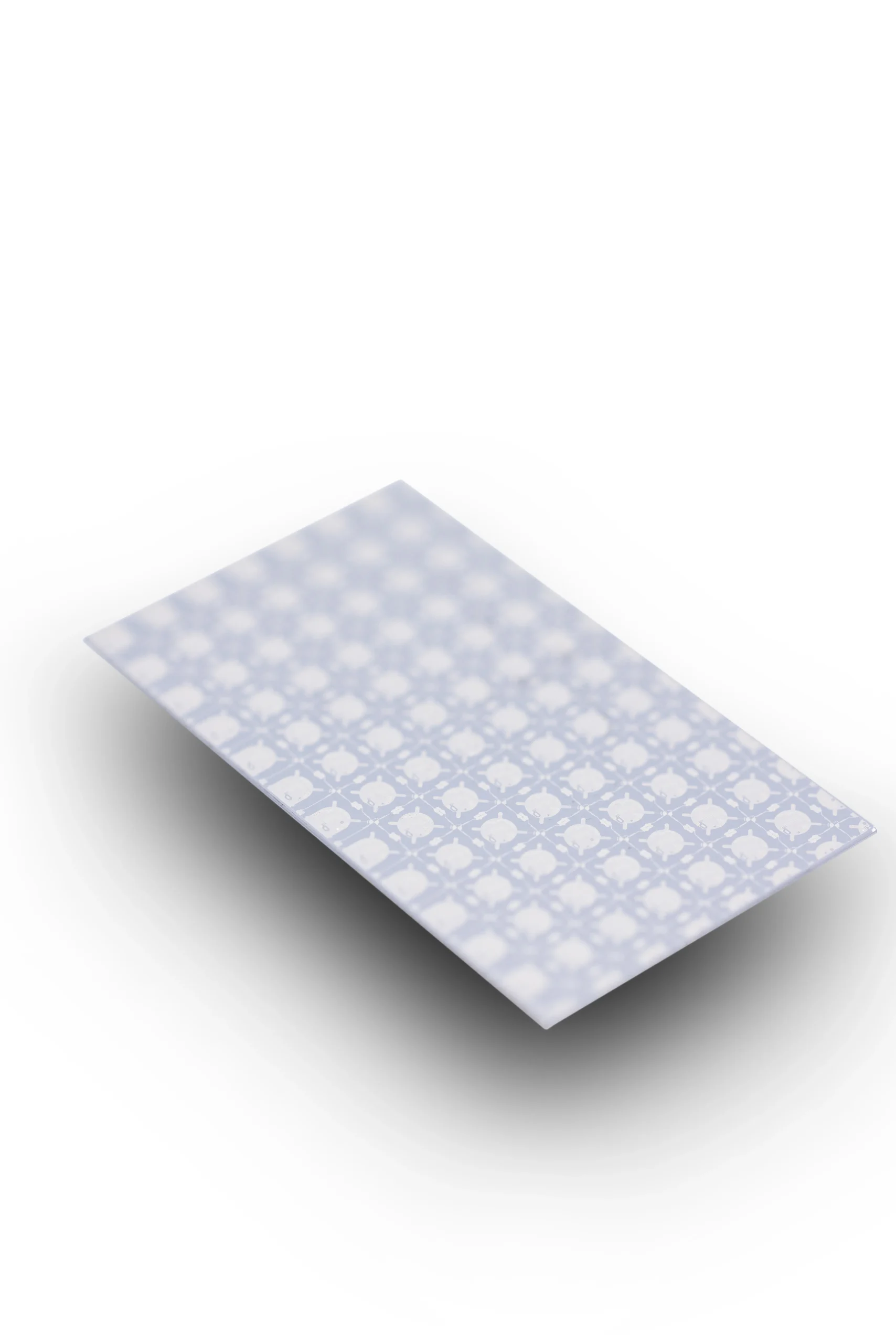Riverlane is the first partner to use the Ankaa-1 system, focusing on improving error correction techniques on the new architecture. The Ankaa-1 system is a quantum computer that aims to outperform classical supercomputers in cost, speed, or accuracy. It comprises an array of hundreds of qubits, each of which can interact with several of its neighbours using operations with low error rates. The new circuit architecture is designed for fast gates in a dense lattice.
The Ankaa-1 system uses tunable couplers, which allow the qubits’ frequencies to be parked close to each other while turning their interactions off. This allows for a resting lattice without unwanted interactions and the ability to quickly entangle any pair of neighbouring qubits. The Ankaa-1 system is the largest, most complex system built by Rigetti, with a jump from 80 qubits in the Aspen-M-3 system to 84 in the Ankaa-1 system.
The Ankaa-1 system is designed for future assembly into a multi-die processor array. Rigetti engineers have been working for more than two years to prepare for this architectural transition. Improvements are already in the works, including plans to lengthen qubit coherence times, reduce noise from control electronics, optimize circuit design parameters, and use better signal amplifiers. The Ankaa-2 system is anticipated later this year.
Riverlane’s Partnership with Ankaa-1 System
“We are excited to be the first Ankaa-1 system external users,” says Steve Brierley, CEO and Founder of Riverlane.
Steve Brierley, CEO and Founder of Riverlane
Riverlane, a quantum computing company, has partnered with the Ankaa-1 system to improve error correction techniques on the new architecture. The collaboration aims to inform future strategies and optimise implementations of error correction. Riverlane’s CEO, Steve Brierley, expressed optimism about the project, stating that it would enable real-time error correction decoding with their algorithms on Rigetti’s FPGA hardware, potentially improving performance on future systems.
Quantum Computing and nQA
A quantum computer that demonstrates narrow Quantum Advantage (nQA) will outperform a classical supercomputer at specific problems along cost, speed, or accuracy measures. It will likely comprise an array of many hundreds of qubits, each of which can interact with several of its neighbours using pairwise operations that have low error rates. The main motivation for the new circuit architecture is to make these two-qubit gates fast, ensuring performance.
The Role of Tunable Couplers
Tunable couplers remove the tradeoff between the strength of the coupling and the speed of interaction between qubits. They allow the qubits’ frequencies to be parked close to each other while turning their interactions off. This results in a resting lattice without unwanted interactions and the ability to quickly entangle any pair of neighbouring qubits. The Ankaa-1 system, which uses tunable couplers, has shown promising results, with the median two-qubit gate time being nearly three times faster than on the Aspen-M-3 system.
The Complexity of the Ankaa-1 System
The Ankaa-1 system is the largest and most complex system built so far. Despite the modest increase in qubit count from the Aspen-M-3 system to the Ankaa-1 system (from 80 qubits to 84), there is a significant amount of added supporting infrastructure. The number of control signals routed to the chip has increased from 160 to 317, and readout lines have increased from 20 to 28. The control electronics have been reengineered and control software completely reinvented to support the new circuit functionality.
Future Developments and Improvements
Rigetti, the quantum computing company behind the Ankaa-1 system, already has improvements in the works across several different dimensions. These include plans to lengthen qubit coherence times through chip design and fabrication changes, reduce the noise from control electronics, optimise circuit design parameters, and use better signal amplifiers. The company is focused on rapid iteration and continuous improvement, with the Ankaa-2 system anticipated later this year. The success of the Ankaa-1 system is seen as a critical milestone in providing state-of-the-art Quantum Processing Units (QPUs) to solve pressing problems and demonstrating nQA.
“This project enables us to target real-time error correction decoding with our algorithms on Rigetti’s FPGA hardware, which we hope will help improve performance on future systems.”
Steve Brierley, CEO and Founder of Riverlane
Summary
Riverlane is the first partner to use the Ankaa-1 system, a quantum computer developed by Rigetti, focusing on improving error correction techniques. The Ankaa-1 system, which is faster and designed for low error rates, uses tunable couplers to allow for quick entanglement of neighbouring qubits and is expected to outperform classical supercomputers in terms of cost, speed, and accuracy.
- Riverlane is the first partner to use the Ankaa-1 system developed by Rigetti. The collaboration aims to improve error correction techniques on the new architecture.
- Steve Brierley, CEO and Founder of Riverlane, believes the project will enhance real-time error correction decoding with their algorithms on Rigetti’s FPGA hardware, potentially improving performance on future systems.
- The Ankaa-1 system uses tunable couplers, allowing for faster and stronger interaction between superconducting qubits. This new circuit architecture has resulted in a three-fold increase in speed compared to the Aspen-M-3 system.
- The Ankaa-1 system also allows each qubit to have more neighbours, enabling more efficient algorithms. However, this has increased the system’s complexity.
- Rigetti engineers have been working for over two years on this architectural transition, and the Ankaa-1 system has delivered all the expected hardware functionality.
- Rigetti plans to further improve the system by lengthening qubit coherence times, reducing noise from control electronics, optimising circuit design parameters, and using better signal amplifiers.
- The Ankaa-2 system, which is expected to have even better performance, is anticipated to be released later this year.

